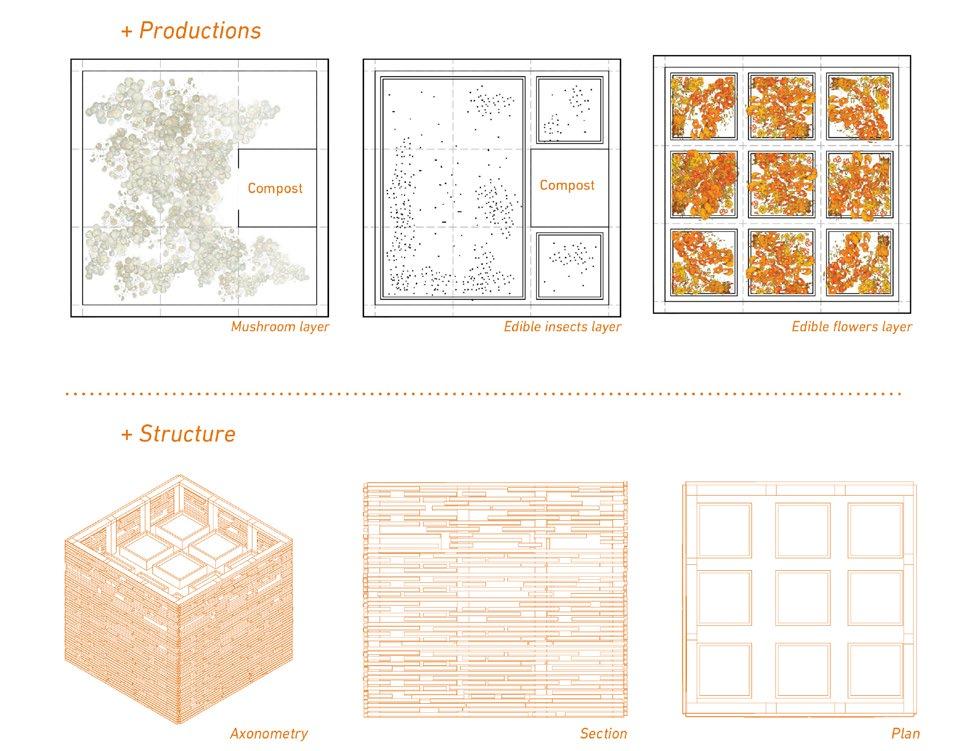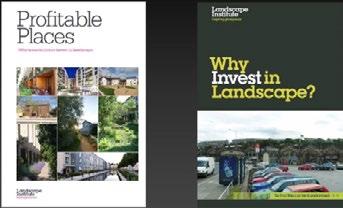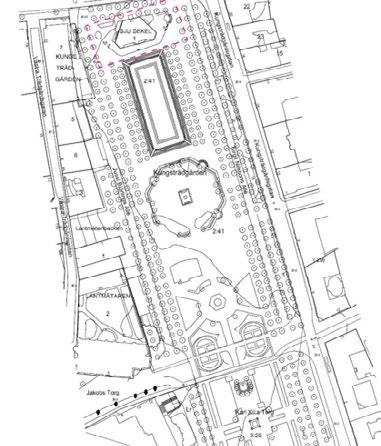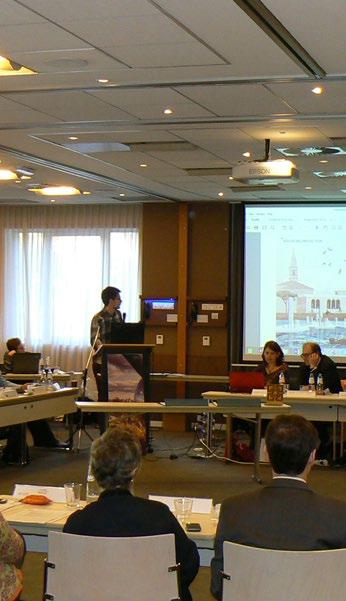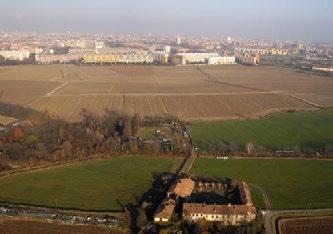
2 minute read
Conclusion
This collection of examples from different European countries aims to promote landscape architecture as a dynamic field of practice, crucial for maintaining a certain balance in a fast urbanising world and focusing on the people. Re-thinking urban spaces are very well embodied in the thrive of landscape architecture in contributing to an improved urban livelihood, aligning with sustainable development plans but also as a tool for improved life quality, increased economic opportunities and public realm. Landscape architects’ efforts in this direction are steadily positioning landscape architecture vital in developing relevant strategies, plans and designs in cities.
With a struggle of increasing the beneficial contribution of landscape architects to the urban environment, there is a parallel effort to develop guidance at the policy level, which will help cities commit to a certain environmental responsibility, thus involving landscape architects in the city development.
Advertisement
Urban spaces that are not functioning at optimal capacity are one area that landscape architecture promotes itself as crucial for everyday landscapes of city dwellers. On one hand the necessity of recognition of designed public spaces and urban green areas in achieving sustainable development targets specifically the expertise of the landscape architect. On the other hand, the necessity of legal framework has been signalled as a treat of involving landscape architects in planning teams, therefore many cases of urban densification jeopardise the already insufficient urban green.
The concept or Re-thinking urban spaces focus on the importance of landscape architecture practice to continuously innovate and incrementally deliver quality spaces, therefore the participatory approaches are the key in aligning the needs and desires of the beneficiaries, communities of users or owners with the creativity of the landscape architect. The new paradigm under which most of the cities re-think the urban spaces is very much inspired by smart cities concepts. A smart city makes use of the materials available under the creative guidance of the landscape architect, with a strong focus on functionality, aesthetical experience and sustainability aspects, such as decreasing the level of urban greenhouse gas emissions or enhancing the urban green thus the absorption capacity of emissions. The main aspects of the landscape architecture’s contribution to rethinking urban spaces according to the current practice in Europe are the use of participatory approaches, development and publication of normative work for decision makers, contribution to development and implementation of policies that contribute to increased quality of life. IFLA EUROPE
OANA BALOI, MARINA CERVERA, HARIS PIPLAS, IFLA EUROPE COMMUNICATION TEAM
Sponsored by
This 2016 edition of the IFLA Europe Yearbook was edited and printed on August 2018 in England.


